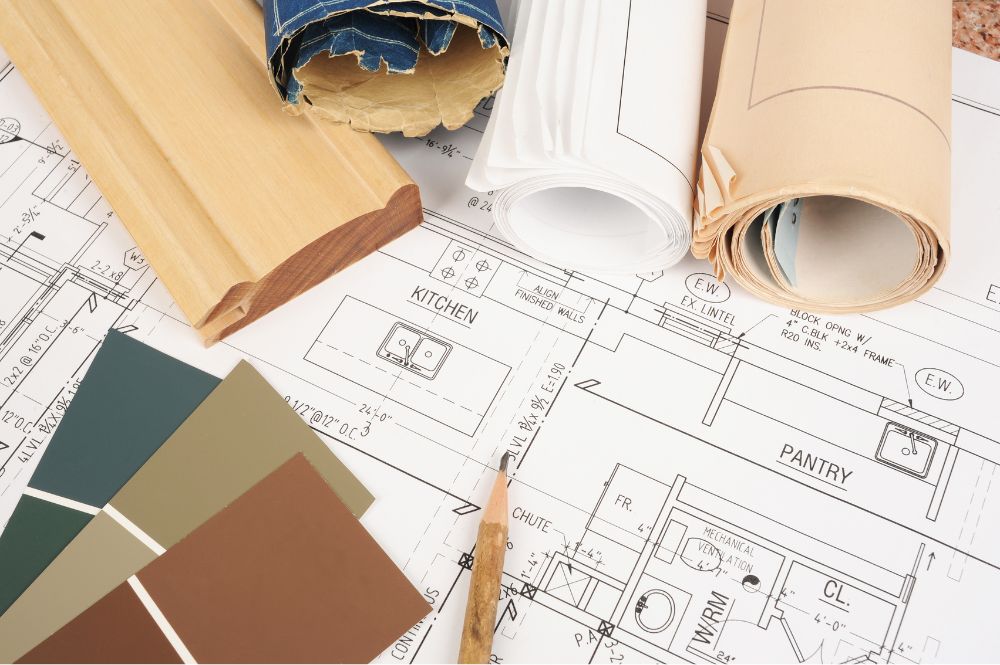
Spackle vs. Joint Compound: What’s the Difference & When to Use Each?
Because picking the wrong one means extra sanding—and nobody wants that.
If you’ve ever tackled drywall repairs, you’ve likely come across spackle and joint compound. While they might seem interchangeable, they serve different purposes—and using the wrong one can lead to messy results.
So, what’s the difference? Let’s break it down so you know exactly which product to grab for your next home fix.
1. What Is Spackle?
Spackle is a quick-drying repair paste designed for small imperfections like nail holes, dents, and minor wall damage.
🔹 Best for:
- ✔ Filling small nail holes
- ✔ Covering minor dents and dings
- ✔ Patching light wall damage
🛠 Key features:
- ✔ Dries fast (often within 30 minutes)
- ✔ Minimal shrinkage (no need for extra layers)
- ✔ Easier to sand and smooth out
🚨 Imagine you had a pinhole leak in your tire. You wouldn’t want to spread and layer a large amount of rubber compound on the surface, but rather you’d likely opt for pressing the rubber compound inside the hole, completely filling it up—this is the same when using spackle on your wall.
2. What Is Joint Compound?
Joint compound (often called “mud”) is a thicker, more durable substance designed for larger drywall projects.
🔹 Best for:
- ✔ Taping and finishing drywall seams
- ✔ Smoothing over larger areas
- ✔ Fixing deeper holes or cracks
🛠 Key Features:
- ✔ Slower drying time (allows for layering)
- ✔ Sands smoother for seamless blending
- ✔ More flexible—great for covering wide areas
🚨 Think of joint compound as icing on a cake—it’s ideal for spreading across larger surfaces and creating a flawless finish.
3. When to Use Spackle vs. Joint Compound
🛠 Use this handy guide to decide which one is best for your project:
| Feature | Spackle | Joint Compound |
|---|---|---|
| Best for | Small holes & dents | Drywall seams & bigger patches |
| Drying Time | Fast (30 mins – 2 hours) | Slow (24 hours per coat) |
| Shrinkage | Minimal | Can shrink, requires layering |
| Ease of Use | Super easy | Takes more skill to spread evenly |
| Sanding | Easy, smooth finish | Smoother but requires more effort |
| Flexibility | Less flexible | More flexible for large surfaces |
🚨 Let’s bring it all together. If repairing a small nail hole, use spackle. If patching a large damaged drywall section, use joint compound for better coverage.
Final Thoughts
While spackle and joint compound might seem similar, they have different strengths—and using the right one saves time, effort, and frustration.
✔ Spackle = Quick fixes (small holes, dents, cosmetic touch-ups)
✔ Joint Compound = Bigger drywall repairs (seams, deep cracks, wide surfaces)
By picking the right product for the job, you’ll ensure fewer mistakes, smoother walls, and a stress-free repair process!
